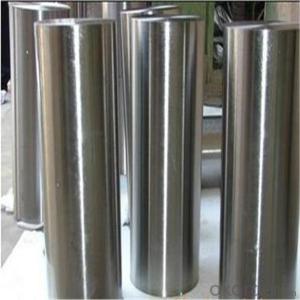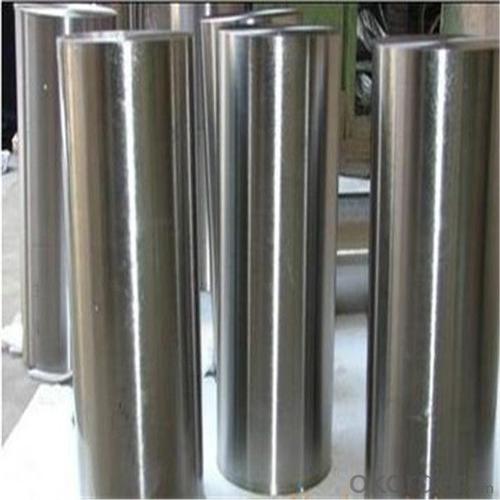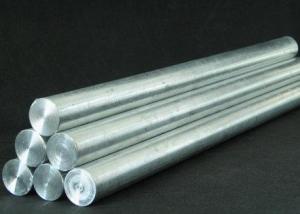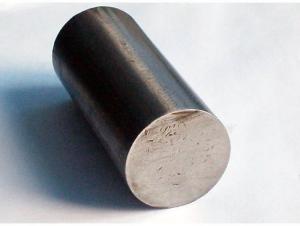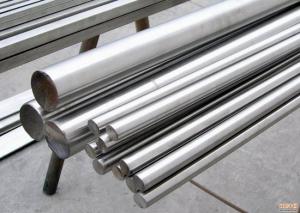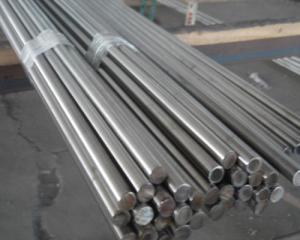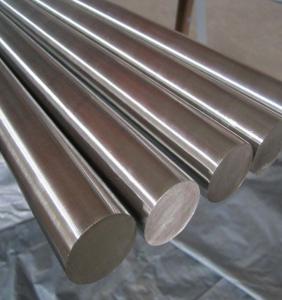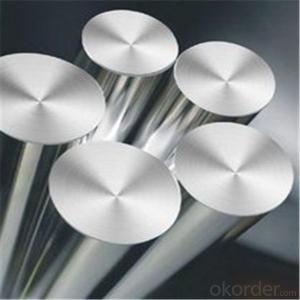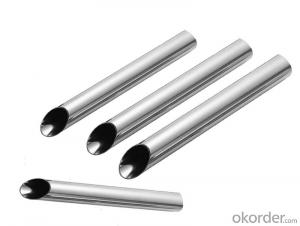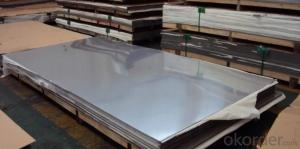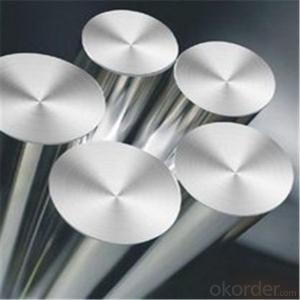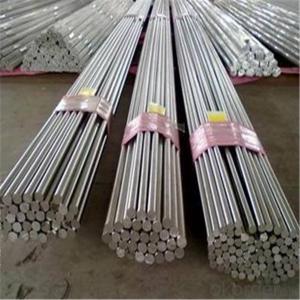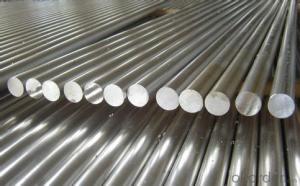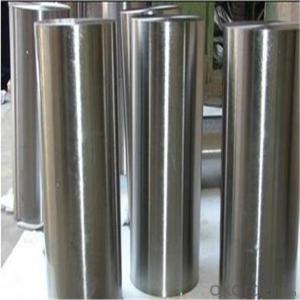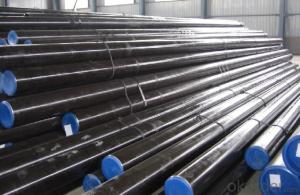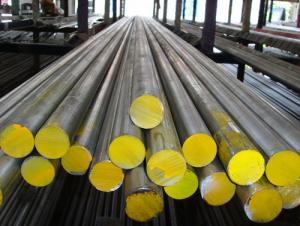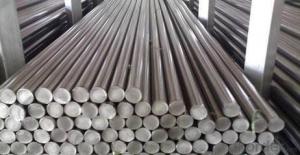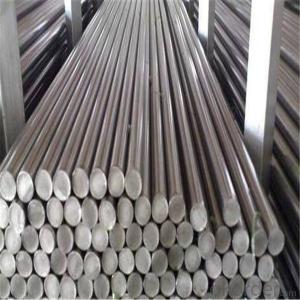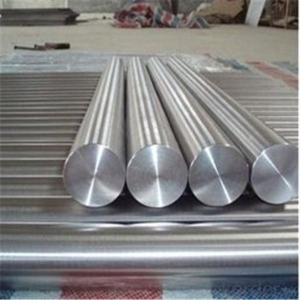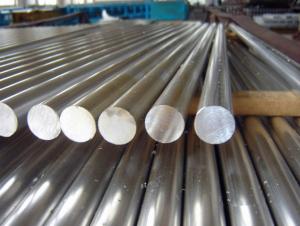AISI316L Stainless SteelRound Bar price per kg
- Loading Port:
- Shanghai
- Payment Terms:
- TT OR LC
- Min Order Qty:
- 3 m.t.
- Supply Capability:
- 20000 m.t./month
OKorder Service Pledge
OKorder Financial Service
You Might Also Like
Specification
1.Specifications
stainless steel round bar
Product Name | stainless steel round bar per kg |
Standard | ASTM,AISI,JIS,GB,EN,DIN,ASME,BS,SUS |
Material | 201,202,301,304,304L,304N,304LN,316,316L,316N,316LN,316Ti,309s,310s, 317,317l,321,347,405,410,40,430 |
Dimension | 3-500mm |
Length | 20FT,40FT(1m,2m,3m,4m.,etc) or as required |
Surface | Polishing, bright, black.or as required |
Production Range | Stainless steel round bar,stainless steel square bar,stainless steel flat bar, Stainless steel angle bar, stainless steel hexagonal bar |
Package | Standard export seaworthy package,suit for all kinds of transport or as required |
Application | Stainless steel bar is widely used in these filed: 1.electric power,petroleum,boiler,high temperature resistant ,low temperature resistant ,corrosion resistant 2.Tableware,cabinet,cutting tool,boiler.auto part 3.Medical instruments. Building materials, food industry 4.Sea, chemical industry and machine manufacture |
Export to | India ,USA,Oman,Singapore, Korea, Dubai,Canada,Iran,Thailand,Saudi Araba, South Africa,Brazil,Kuwait,Ukraine,Viet Nam,Peru,,Mexico,etc |
Contact | If you have any question,please feel free to contact me! |
2.Package
1. waterproofing membrane
2.wooden case
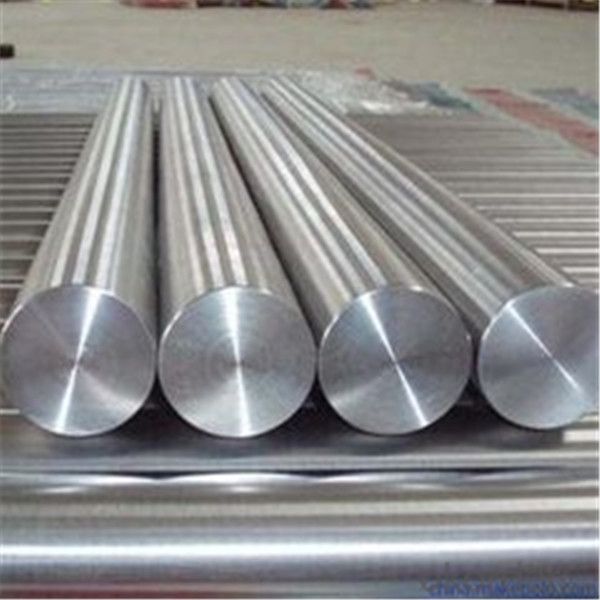
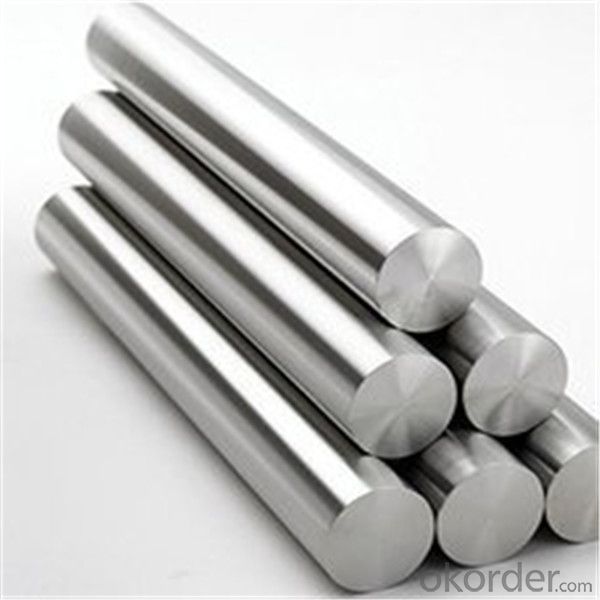
- Q: How long do stainless steel bars last?
- Stainless steel bars can last for several decades, and their lifespan largely depends on the specific grade of stainless steel, the conditions they are exposed to, and the level of maintenance they receive.
- Q: Can stainless steel bars be bent or formed into custom shapes?
- Yes, stainless steel bars can be bent or formed into custom shapes. Stainless steel is a versatile material that can be easily manipulated through various fabrication techniques such as bending, rolling, or forging. The degree to which stainless steel bars can be bent or formed depends on factors like the grade of stainless steel, the thickness of the bars, and the specific requirements of the desired custom shape. However, it is important to note that certain grades of stainless steel may have different levels of malleability and may require specialized equipment or expertise to achieve complex custom shapes. Therefore, it is advisable to consult with a professional fabricator or engineer who can provide guidance on the feasibility and appropriate methods for bending or forming stainless steel bars into custom shapes.
- Q: Are stainless steel bars suitable for welding applications?
- Yes, stainless steel bars are suitable for welding applications. Stainless steel is known for its excellent corrosion resistance, heat resistance, and strength, making it a popular choice for various welding applications. It can withstand high temperatures and maintain its structural integrity, making it ideal for welding in industries such as construction, automotive, and aerospace. Stainless steel bars are available in different grades, each with specific properties suitable for different welding applications. However, it is important to choose the appropriate grade of stainless steel bar based on the specific welding application to ensure optimal results.
- Q: Do stainless steel bars require any post-weld treatments?
- Yes, stainless steel bars typically require post-weld treatments to restore their corrosion resistance. These treatments can include pickling and passivation processes to remove any impurities and oxide layers formed during welding, ensuring the material remains resistant to corrosion.
- Q: Can stainless steel bars be used in the retail aftermarket?
- Yes, stainless steel bars can be used in the retail aftermarket. Stainless steel is a versatile and durable material that is resistant to corrosion, making it suitable for various applications in the retail industry. It can be used for displays, shelving, fixtures, and other retail structures, providing strength and a modern aesthetic. Stainless steel bars are also easy to clean and maintain, making them a practical choice for the retail aftermarket.
- Q: Are stainless steel bars suitable for the production of conveyor belts?
- Conveyor belts can be made with stainless steel bars, which are well-suited for the job. Stainless steel is widely used in various industries because of its outstanding characteristics. It is recognized for its exceptional resistance to corrosion, its long-lasting nature, and its strength. These qualities make it a perfect material for conveyor belts that are exposed to heavy loads and harsh environments. The corrosion resistance of stainless steel is particularly important as it ensures that the bars will not rust or deteriorate when they come into contact with moisture, chemicals, or extreme temperatures. This is crucial for conveyor belts that may encounter liquids, acids, or other corrosive substances during their operation. Moreover, stainless steel bars offer superior strength and durability, allowing them to endure heavy loads and high tension. This is essential for conveyor belts, as they must be able to support the weight of the materials being transported and withstand continuous movement without deforming or breaking. Stainless steel bars also possess hygienic properties, making them suitable for conveyor belts used in industries such as food processing or pharmaceuticals. They are easy to clean, resistant to contamination, and do not react with most substances, guaranteeing the integrity and cleanliness of the materials being conveyed. To sum up, stainless steel bars are an excellent option for manufacturing conveyor belts due to their corrosion resistance, strength, durability, and hygienic properties.
- Q: Can stainless steel bars be used in the construction of bridges?
- Stainless steel bars are indeed usable for constructing bridges due to their versatility and durability. This material possesses numerous advantages compared to other types of steel. It boasts exceptional corrosion resistance, which is crucial for structures exposed to severe weather conditions or environments with excessive moisture or salt content. Moreover, stainless steel bars exhibit a remarkable strength-to-weight ratio, rendering them suitable for applications requiring significant load-bearing capacity. Furthermore, stainless steel imparts an aesthetically pleasing and contemporary appearance to bridge structures. In conclusion, stainless steel bars represent a feasible and pragmatic choice for bridge construction, providing longevity, strength, and corrosion resistance.
- Q: Can stainless steel bars be cut to custom lengths?
- Indeed, it is possible to customize the lengths of stainless steel bars. These bars find extensive application in various sectors including construction, manufacturing, and automotive. In order to meet specific project requirements, they often need to undergo precise cutting processes. Various techniques like sawing, shearing, and plasma cutting are available for this purpose. Through these methods, stainless steel bars can be accurately tailored to the desired length. However, it is crucial to acknowledge that the cutting process may demand specialized equipment and expertise. Therefore, it is advisable to seek guidance from professionals or specialized service providers to ensure accurate and proper customization of stainless steel bars.
- Q: Are stainless steel bars suitable for conveyor systems?
- Indeed, conveyor systems find stainless steel bars to be a suitable choice. Stainless steel, known for its durability and resistance to corrosion, proves to be an excellent option for the application of conveyors. It possesses the ability to endure harsh environments, including high temperatures, chemicals, or moisture, without compromising its strength or structural integrity. Moreover, stainless steel bars are effortless to clean and maintain, ensuring a conveyor system that is both hygienic and sanitary. Furthermore, these bars possess a remarkable load-bearing capacity, enabling them to handle heavy loads while facilitating the reliable and efficient transportation of materials. Ultimately, stainless steel bars emerge as a dependable and enduring choice for conveyor systems across various industries.
- Q: Are stainless steel bars suitable for the aerospace industry?
- Yes, stainless steel bars are suitable for the aerospace industry. Stainless steel is known for its high strength, durability, and corrosion resistance, which are essential qualities in aerospace applications. It offers excellent resistance to heat, pressure, and various environmental conditions, making it suitable for use in aircraft components such as landing gears, engine components, structural parts, and fasteners. Stainless steel bars also exhibit good machinability and can be easily welded, making them versatile for various aerospace manufacturing processes. Additionally, stainless steel's non-magnetic properties are advantageous for certain aerospace applications where electromagnetic interference needs to be minimized. Overall, stainless steel bars meet the stringent requirements and standards of the aerospace industry, making them a reliable choice for aerospace engineers and manufacturers.
Send your message to us
AISI316L Stainless SteelRound Bar price per kg
- Loading Port:
- Shanghai
- Payment Terms:
- TT OR LC
- Min Order Qty:
- 3 m.t.
- Supply Capability:
- 20000 m.t./month
OKorder Service Pledge
OKorder Financial Service
Similar products
Hot products
Hot Searches
Related keywords
